-

Aimé Lachal Équations différentielles linéaires 1er ordre (coefficients constants)
Résolution de \(\dot{u}(t)+au(t)=\varphi(t)\)
| \(u(t)\!=\!\lambda\, e^{-at}\!+\!\int_{t_0}^t\varphi(s) \,\mathrm{e}^{-a(t-s)}\,\mathrm{d}s, \;\lambda\!\in\!\mathbb{R}\) |
| Solution : | \(u(t)\!=\!\lambda\,\mathrm{e}^{-6t}\!+\hspace{-0.1em}\mathrm{e}^{-3t}\hspace{-0.1em}+\hspace{-0.1em}1\) |
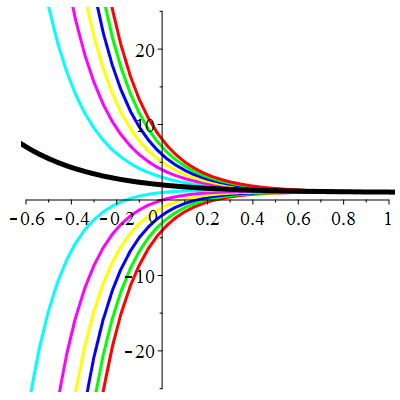
| Solution : | \(u(t)\!=(t+\!\lambda)\mathrm{e}^{-3t}\) |
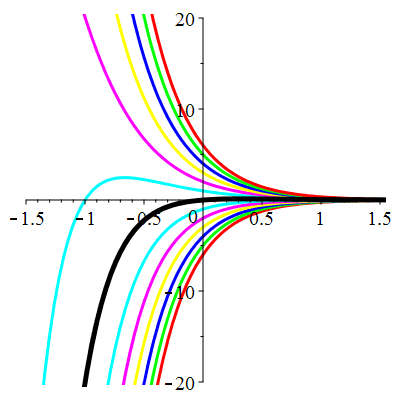
| Solution : | \(u(t)\!=\!\lambda\,\mathrm{e}^{-2t}\!-\!\cos(t)\!+\!2\sin(t)\) |
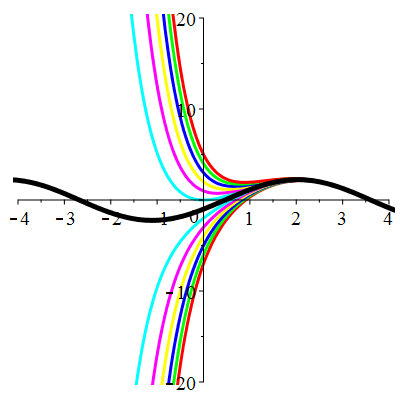
| Solution : | \(u(t)\!=\!\lambda\,\mathrm{e}^{-t}\!+\hspace{-0.1em}\mathrm{e}^{-t}\sin(2t)\) |
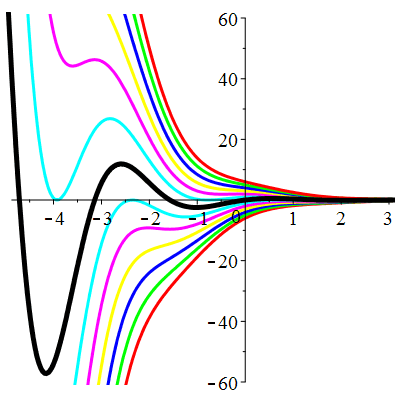
| Solution : | \(u(t)\!=\!\lambda\,\mathrm{e}^{-t}\!+\hspace{-0.1em}\mathrm{e}^t\big[\cos(2t)\!+\!\sin(2t)\big]\) |
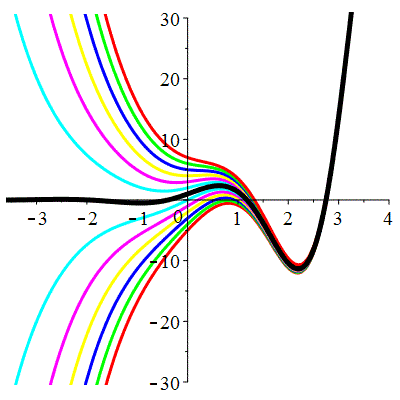
| Solution : | \(u(t)\!=\!\lambda\,\mathrm{e}^{-t}\!+\!\cos(t)\!+\!\sin(t)\) |
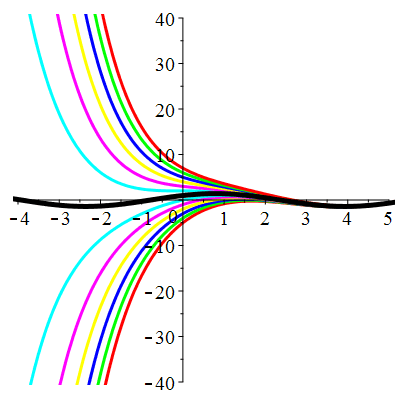
| Solution : | \(u(t)\!=\!\lambda\,\mathrm{e}^{-t}\!+\!\cos(3t)\!+\!3\sin(3t)\) |
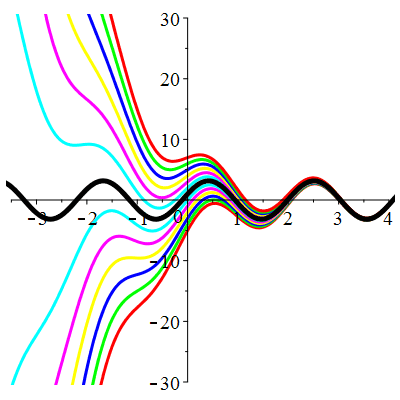
| Solution : | \(u(t)\!=\!\lambda\,\mathrm{e}^{-t}\!+\!15\cos(t)\!+\!15\sin(t)\!+\hspace{-0.3em}\cos(3t)\!+\!3\sin(3t)\) |
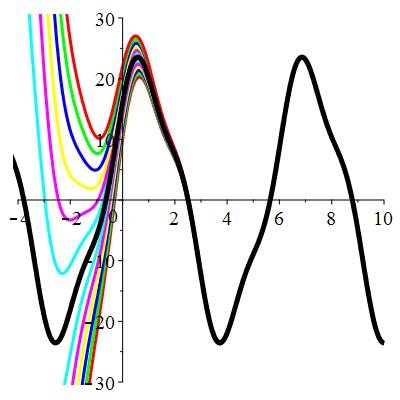
| Solution : | \(u(t)\!=\!\lambda\,\mathrm{e}^{-t}\!+\!t^2\!-\!4t\!+1\) |
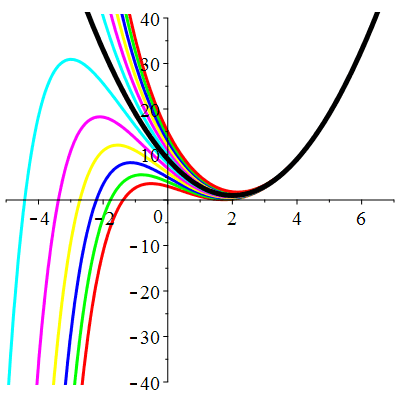
| Solution : | \(u(t)\!=\!\lambda\,\mathrm{e}^{-t}\!-\!(t+\!1)\mathrm{e}^{-2t}\) |
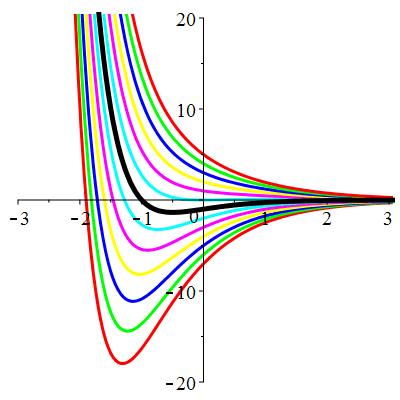
| Solution : | \(u(t)\!=\!(t^2\!+\!\lambda)\mathrm{e}^{-t}\) |
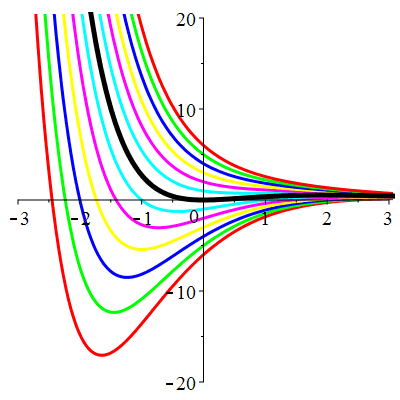
| Solution : | \(u(t)\!=\!\lambda\,\mathrm{e}^{-t}\!+\!\mathrm{e}^{-3t}\big((2t\!+\!1)\sin(2t)\!-\!2t\cos(2t)\big)\) |
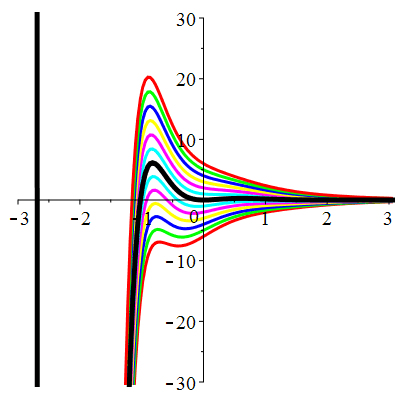
| Solution : | \(u(t)\!=\!\mathrm{e}^{-t}(\cos(t)\!+\!t\sin(t)\!+\!\lambda)\) |
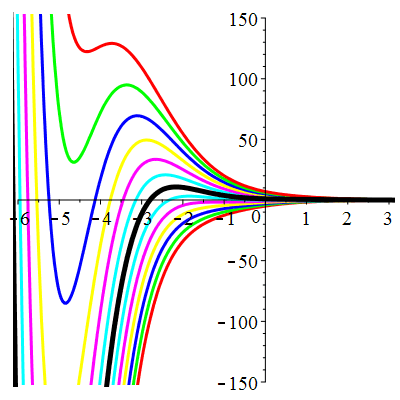
| ◄ | Sommaire | ► |